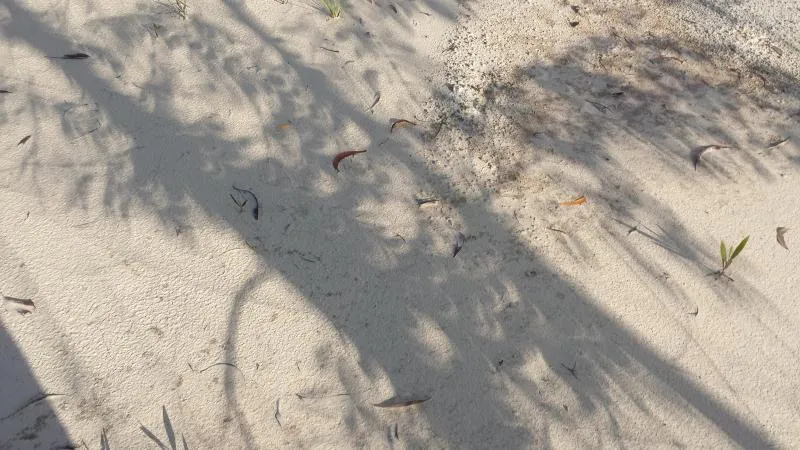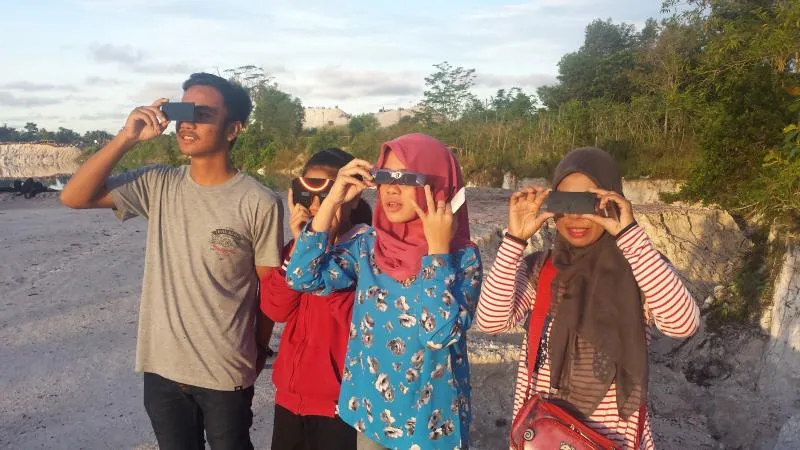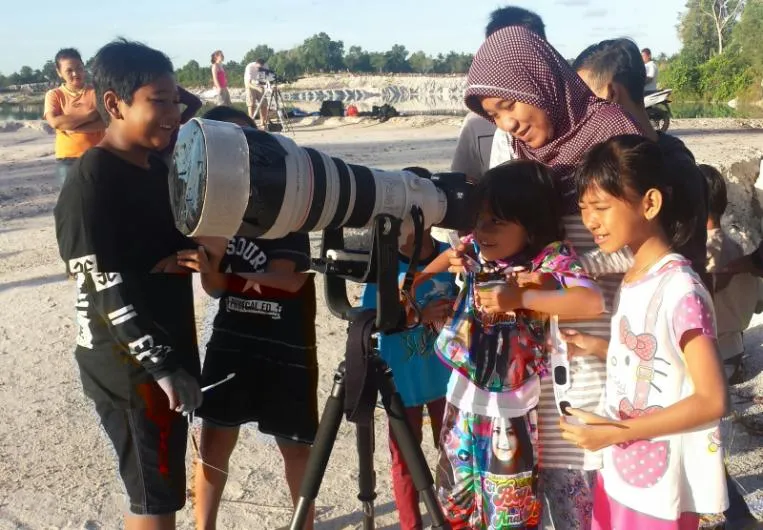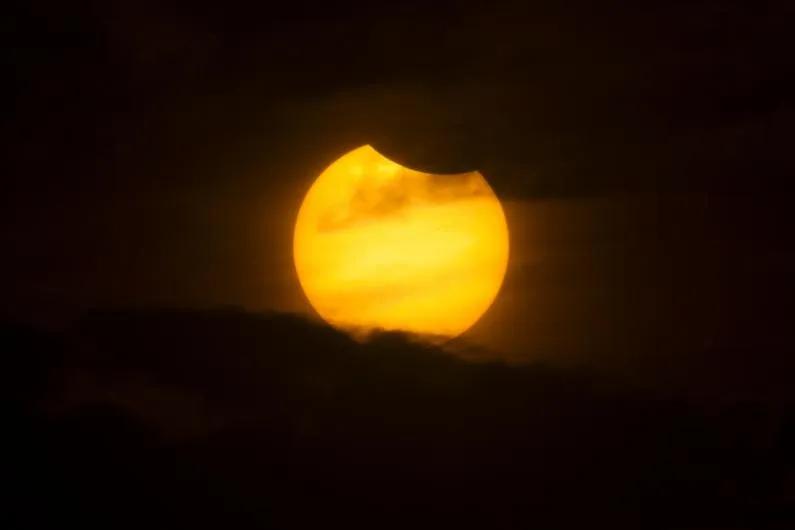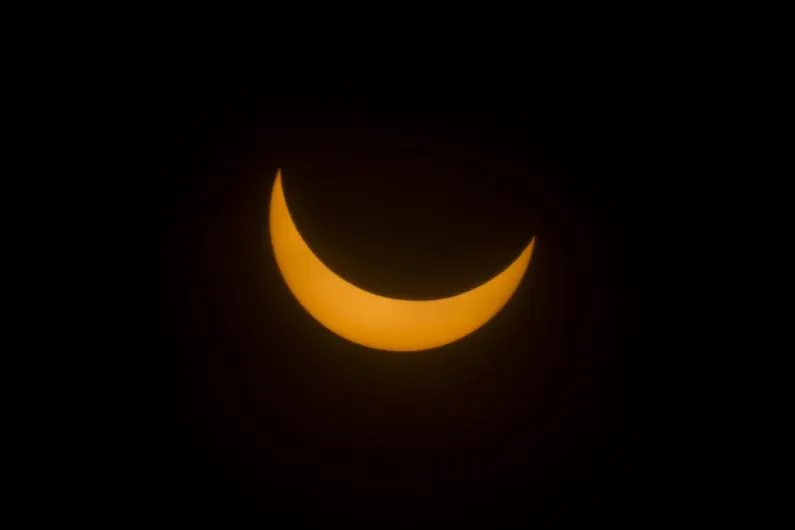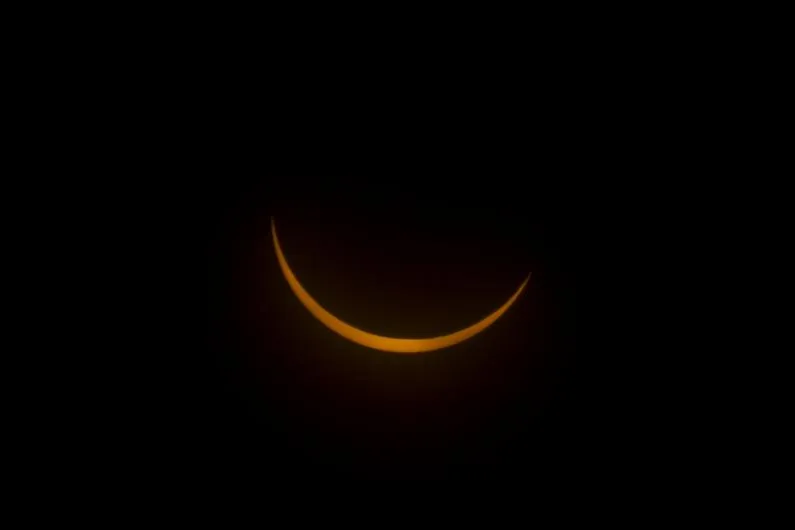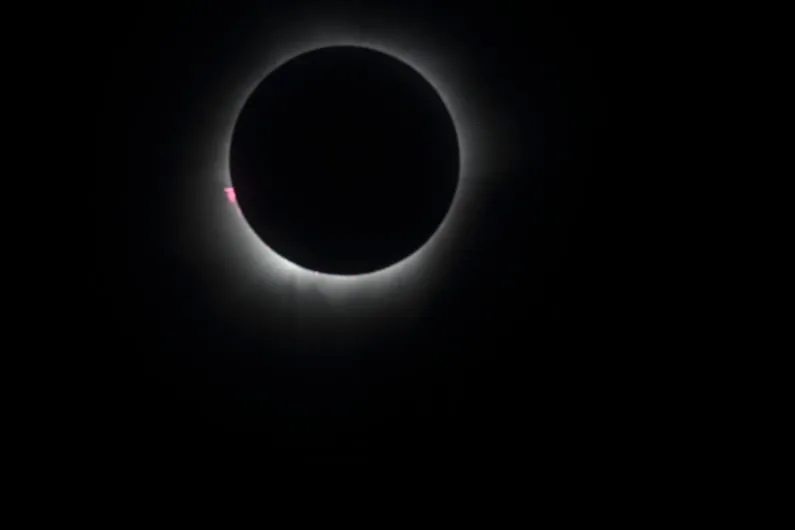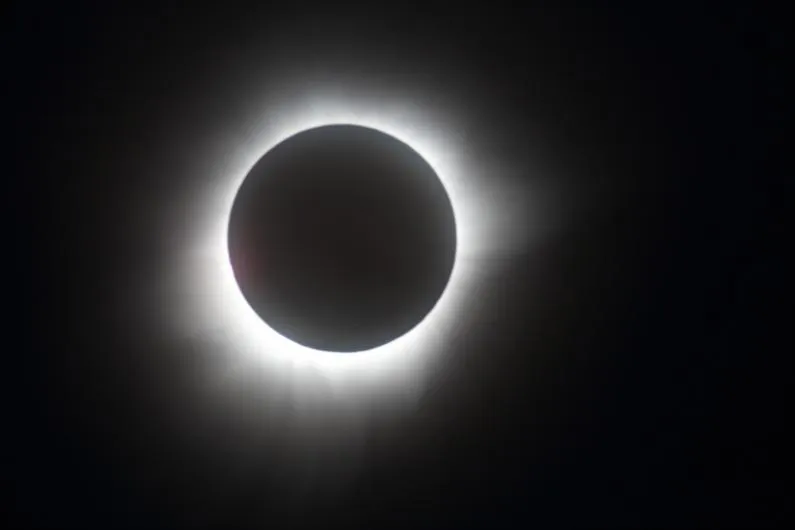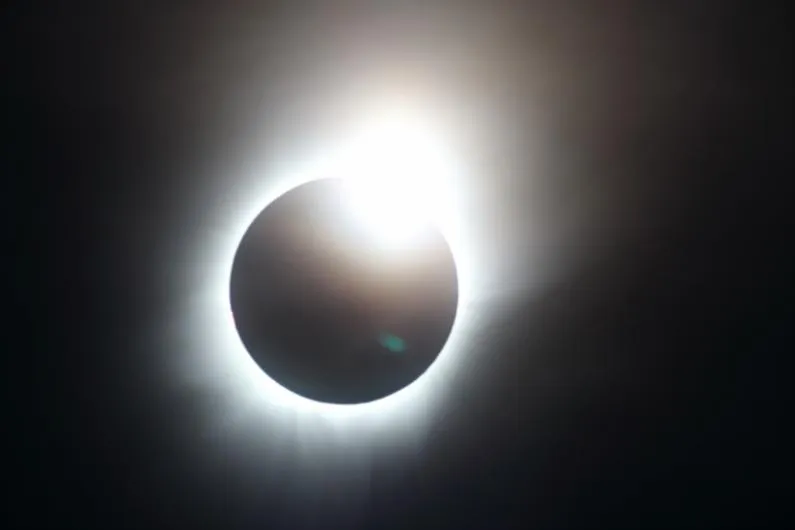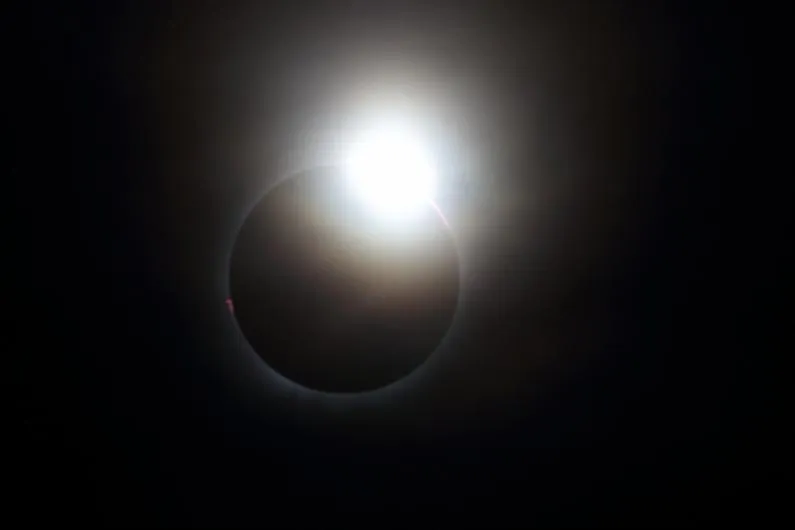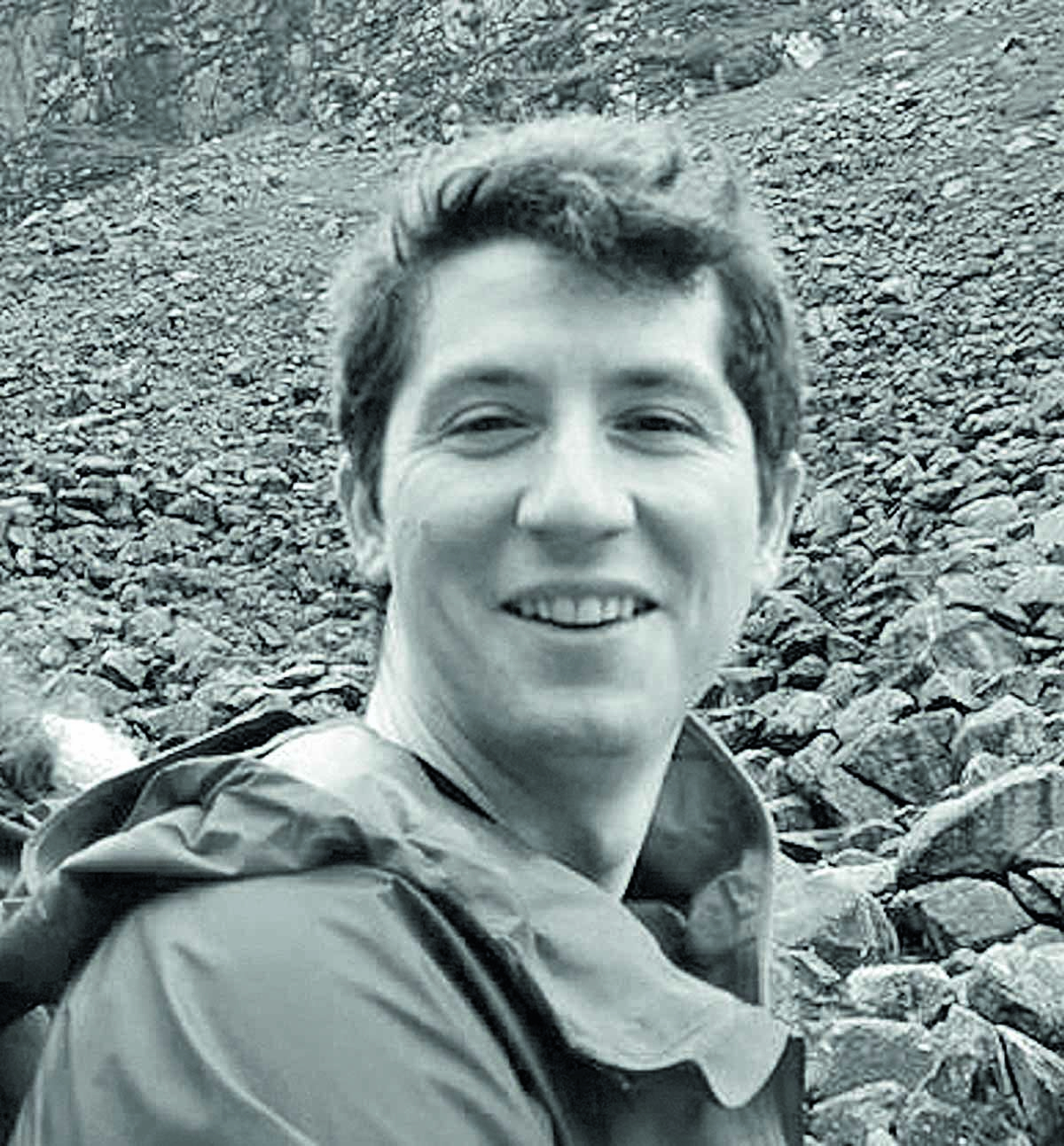Cloud is always the eclipse chaser's enemy and this eclipse fell towards the end of Indonesia's rainy season.However, this did not dampen the spirits of the small group that I had joined on Belitung, an island 500km north of the Indonesian capital Jakarta.
Here totality was predicted to last just a little over two minutes.Between Jörg Schoppmeyer, Nicola Hollenbeck, Stephan Heinsius and myself, we have racked up over 40 total solar eclipses.
Jörg, who travels to every annular, partial and lunar eclipse, has seen over 40 eclipses of all types in his lifetime.Whatever the weather forecast, we had experience on our side.
Find out when the next eclipse is.
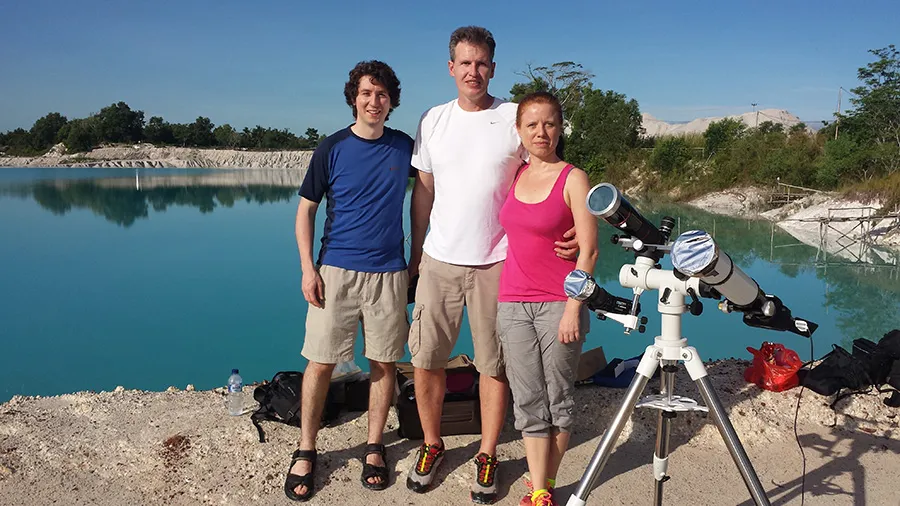
When we arrived at our preferred viewing location (a secluded spot by coast) in the early morning, we were met with a wall of cloud.
Thankfully we had spent the last two days tirelessly scouting the island and quickly relocated to a more promising spot.
Both sunrise and first contact (the moment the Moon starts to cross the Sun) were obscured by thick cloud on the horizon.However, as the Sun rose to 5°, a beautiful partial solar eclipse came into view.The Moon had already taken a sizable chunk out of the Sun.
The locals, who had turned up in huge numbers, were prepared with eclipse viewers and welder's glass.The Belitung residents saw this eclipse as a chance to showcase their small island and they certainly rose to the occasion.
Banners of the eclipse and welcoming flags adorned the entire island.They really got into the spirit of things and did their country proud.
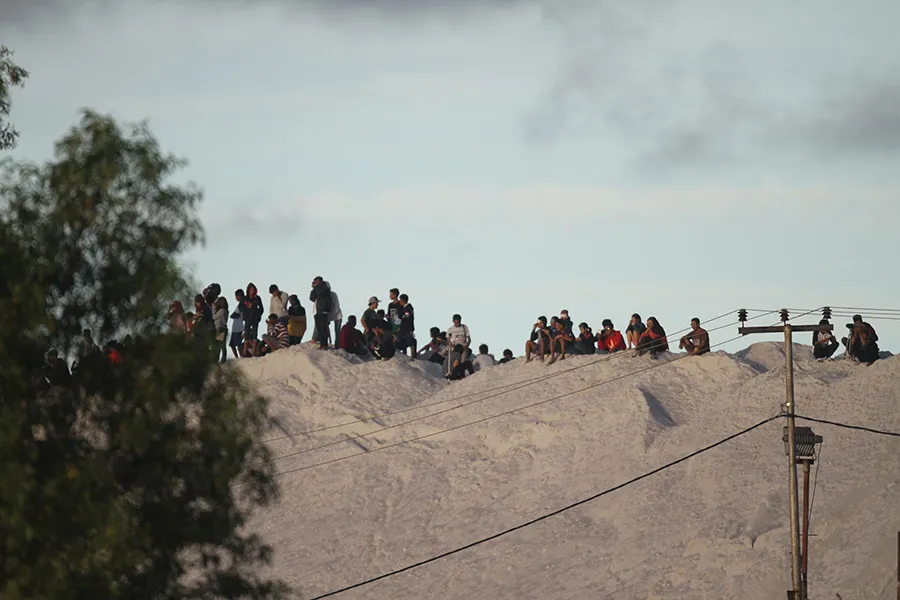
As the partial stage progressed, the Sun passed into a cloudless area of the sky and gave us unimpeded views for approximately half an hour.
Despite a small, thin band of cloud stubbornly sitting at 20° (where the Sun was due to be for totality), we were now sure that we would get an excellent view.
We could relax.
The atmosphere was quite jovial; many of the locals used my camera and long lens as a telescope. The teenagers enjoyed taking mobile phone shots of the camera screen.
Some even insisted on selfies with these visiting astronomers.Nowhere, it seems, could escape the phenomenon.
Five minutes from totality, Venus became visible in the growing darkness.A minute later and Mercury was in full view.The surrounding became quieter as the sense of expectation built.
30 seconds from totality, my camera - working perfectly up until now - registered an error.Eclipses, particularly during totality, seem to have this effect on cameras.I began troubleshooting (switching it on and off again) but to no avail; it was completely dead.
Unfortunately, given all the fumbling, I missed the first diamond ring.Determined not to waste the short opportunity, I decided very quickly to forget about photographing the eclipse and simply observe it.
This turned out to be the right decision, because the sight was really something to behold.The most striking aspect of this eclipse was a double prominence at 9am.
It was so large as to be clearly visible with the naked eye.My long lens still acted as a telescope and this gave an even more impressive view.They were red, huge and angry.
The outer corona was dulled slightly by the thin clouds but coronal structure was still very obvious and beautiful in the field of view.
The two minutes of totality elapsed very quickly, but did allow some time to appreciate the special setting.The 360° sunset effect complemented the clear water lake beside us.
All too soon though, the right limb of the Moon started to brighten.The chromosphere peaked out behind the Moon and gave way to a very beautiful diamond ring.
The crowds cheered in their hundreds.It was a special eclipse.
I will admit I felt slightly disappointed that my equipment failed at such an inconvenient time.Especially since simply removing the battery and placing it back into the camera immediately resolved the issue.
Overwhelmingly though I felt extremely lucky and privileged to have witnessed such a spectacular celestial show.Besides, the rest of my group were kind enough to share their photos.
Most of all though, this eclipse will stay in my memory because of the warmth, hospitality and genuine interest of the Indonesians.
Afforded sole viewing rights, they weren't required to make this eclipse their own.However they poured themselves and their resources into making Indonesia a wonderful destination for an eclipse.
I'm already looking forward to their next one: 20 April 2023.
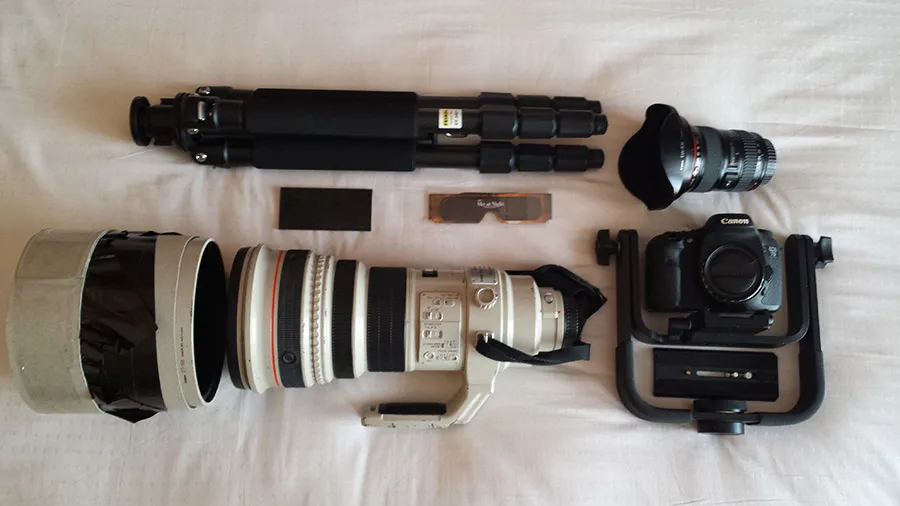
Packing for a solar eclipse
Airlines now have strict weight restrictions so my best advice is to bring a friend or partner and use their allowances!
As I was travelling solo this time, I had to pack relatively light.
I used a Canon EOS 7D DSLR camera with an EF 400mm f/2.8L IS and homemade black polymer solar filter attached to the hood.
The tripod was a carbonfibre Feisol CT-3401 with the excellent Manfrotto 393 Gimbal Head.
For naked eye viewing, I used Welder's glass of shade 14 and the BBC Sky at Night Magazine eclipse glasses.
